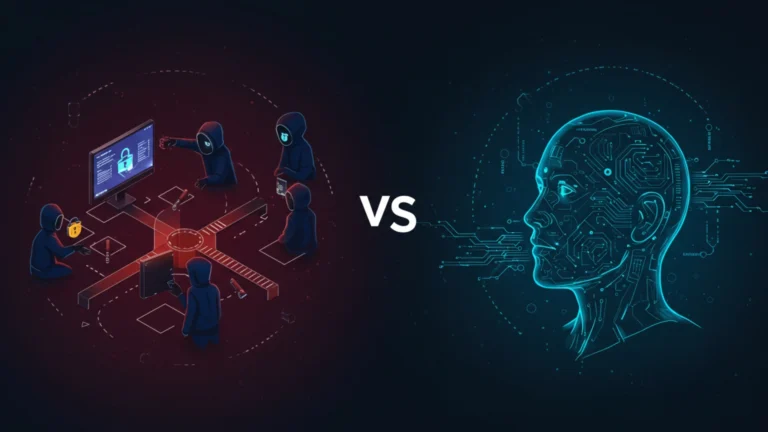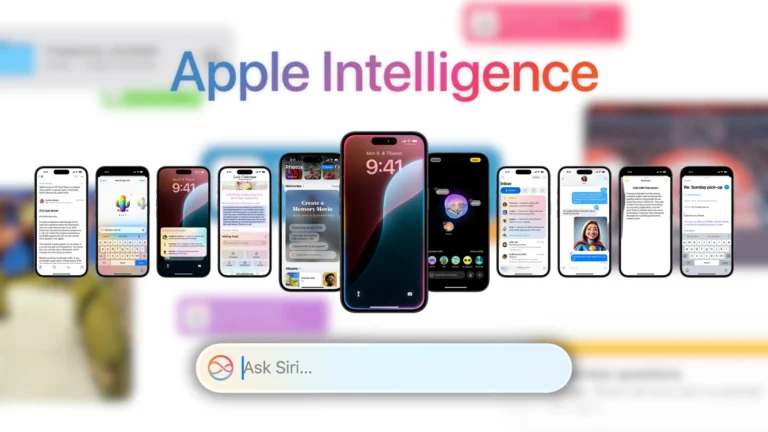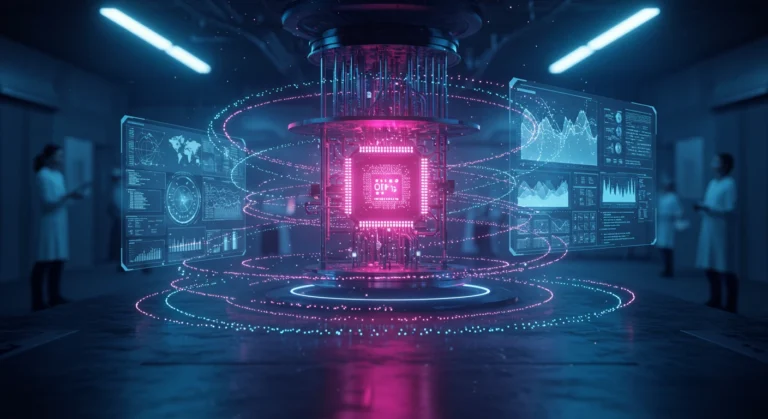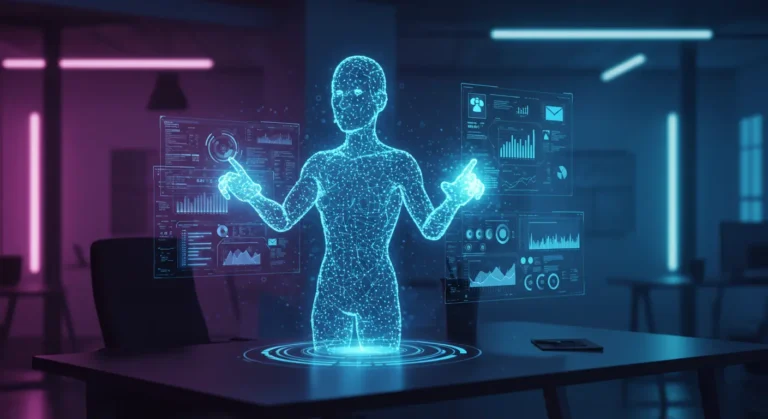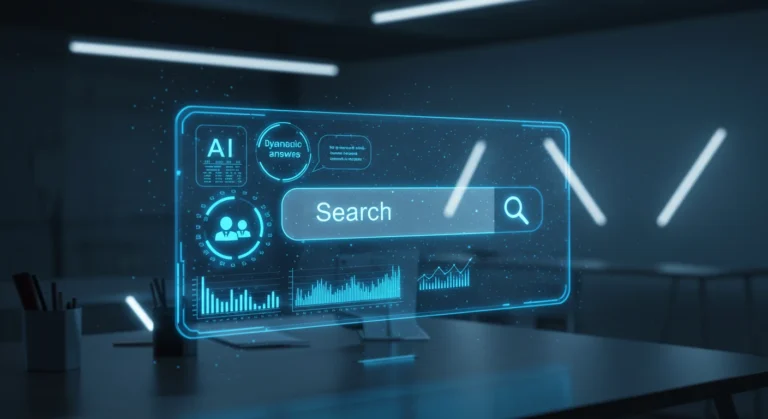How Prompt Engineers Create Chatbot Personalities That Feel Human
Table of Contents
- Introduction: Why Chatbot Personalities Matter
- Who Are Prompt Engineers?
- The Role of Prompt Engineers in Personality Design
- Steps to Creating a Chatbot Personality
- Real-World Examples of Chatbot Personalities
- Why Personality Improves User Experience
- Challenges for Prompt Engineers
- The Future of Chatbot Personalities
- Final Thoughts & CTA
Introduction: Why Chatbot Personalities Matter
Why does Siri feel polite, while a customer service chatbot might feel robotic? The answer lies in how prompt engineers design their personalities.
In 2025, chatbots are more than tools. They are brand voices, digital companions, and problem solvers. Creating the right personality makes the difference between a chatbot that frustrates — and one that delights.
Who Are Prompt Engineers?
Prompt engineers are specialists who design and refine the instructions (prompts) that shape how AI systems like chatbots behave.
Instead of coding traditional scripts, they:
- Craft conversational frameworks.
- Set tone and style guidelines.
- Train models to stay consistent across scenarios.
They act as directors of chatbot behavior.
The Role of Prompt Engineers in Personality Design
Prompt engineers aren’t just telling chatbots what to say — they’re designing how they say it.
Their role includes:
- Writing prompts that guide tone (formal, friendly, humorous).
- Creating role-based personas (teacher, coach, assistant).
- Testing outputs for consistency and empathy.
Steps to Creating a Chatbot Personality
1. Defining the Chatbot’s Purpose
Is the bot a banking assistant or a language tutor? Purpose shapes the boundaries of personality.
2. Establishing Tone and Style
Prompt engineers set the tone:
- Formal: “How may I assist you today?”
- Casual: “Hey there! What can I help with?”
3. Designing Backstory and Context
Some chatbots are given a subtle “backstory” to stay consistent. Example: A wellness coach chatbot might be designed as a calm, supportive voice.
4. Iterative Testing & Refinement
Engineers test conversations, analyze user reactions, and refine prompts until the chatbot feels natural.
Real-World Examples of Chatbot Personalities
- Duolingo: Playful, slightly sassy, encouraging learning.
- Replika: Emotional, supportive, designed for companionship.
- Banking Chatbots: Professional, trustworthy, no humor.
Each of these personas was crafted intentionally by prompt engineers.
Why Personality Improves User Experience
- Builds trust and relatability.
- Keeps users engaged.
- Differentiates brands in crowded markets.
- Reduces frustration by creating smoother interactions.
A chatbot without personality feels like a form. A chatbot with personality feels like a partner.
Challenges for Prompt Engineers
- Avoiding bias and stereotypes.
- Balancing friendliness with professionalism.
- Maintaining consistency across updates.
- Handling sensitive topics responsibly.
The Future of Chatbot Personalities
With AI agents becoming more advanced, prompt engineers will soon design not just personalities, but entire digital identities that adapt in real time.
Imagine a chatbot that adjusts tone based on your mood, or switches personas depending on context — from tutor to motivator to colleague.
Final Thoughts & CTA
Prompt engineers are the unseen storytellers behind the AI personalities we interact with daily. They ensure chatbots are not only smart — but also relatable.
📌 Want to explore more about AI roles and careers shaping the future?
👉 Read the full insights on Encyclotech.
Stay connected for weekly updates, pins, and expert takes on emerging tech.
→ Twitter | Pinterest | Bluesky | Medium



